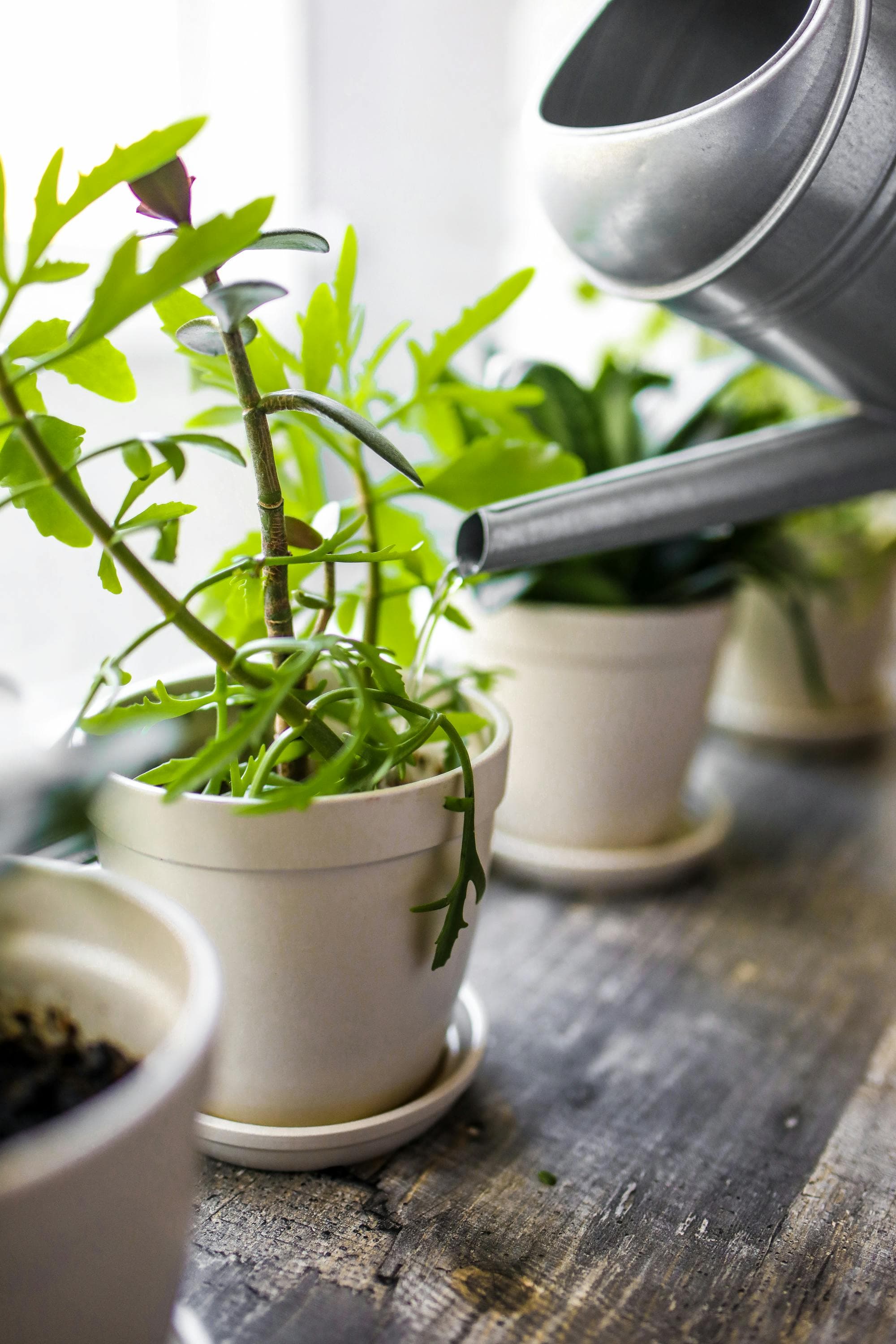Seasonal Care Guide: Adjusting Plant Care Throughout the Year
As the seasons change, so do the needs of your plants. Whether you're a seasoned gardener or a novice plant parent, understanding how to adjust your plant care routine throughout the year is crucial for maintaining healthy, vibrant plants. Here’s a detailed guide to help you navigate the seasonal needs of your indoor and outdoor plants.
Spring: Awakening and Growth
Spring is a time of awakening and rapid growth for many plants. As the days get longer and the temperature warms, plants come out of their dormant winter state.
Key Tasks:
- Pruning: Remove dead or damaged branches to promote new growth.
- Repotting: Consider repotting plants that have outgrown their containers.
- Fertilizing: Begin a regular feeding schedule as plants start active growth.
Watering:
Increase watering as the plant's growth accelerates. Always check the soil moisture before watering.
Example Plants and Care:
- Tulips: Plant bulbs in early spring for a burst of color.
- Tomatoes: Start seeds indoors before the last frost date, then move outdoors when temperatures stabilize.
Summer: Maintenance and Monitoring
Summer brings about some of the most vigorous growth for plants, but also higher temperatures and potential drought conditions.
Key Tasks:
- Pest Control: Keep an eye out for pests and diseases. Early detection is key.
- Mulching: Apply mulch to keep roots cool and retain soil moisture.
- Pruning: Continue to prune as necessary to shape plants and remove any diseased foliage.
Watering:
Water deeply and less frequently to encourage root growth. Consider the time of day; early morning is typically best.
Example Plants and Care:
- Roses: Monitor for pests like aphids and provide regular feedings.
- Lawn Grass: Mow regularly but adjust the blade height to leave grass taller, which helps retain moisture.
Autumn: Preparation for Dormancy
As temperatures cool, plant growth slows down. Autumn is the time to prepare plants for the colder months ahead.
Key Tasks:
- Planting Bulbs: Plant spring-blooming bulbs such as daffodils and hyacinths.
- Harvesting: Collect seeds and harvest fruits or vegetables.
- Reducing Watering: Gradually reduce watering as plant growth slows.
Example Plants and Care:
- Maple Trees: Rake fallen leaves and consider a light layer of mulch to protect roots in the winter.
- Pumpkins: Harvest before the first frost for use in fall recipes or decorations.
Winter: Rest and Protection
Winter is generally a rest period for plants, particularly in colder climates.
Key Tasks:
- Protection: Protect sensitive plants with covers or bring them indoors.
- Pruning: Late winter is ideal for pruning many trees and shrubs.
- Planning: Use this time to plan next year’s garden.
Watering:
Water only when necessary. Many plants require significantly less water during the winter months.
Example Plants and Care:
- Evergreens: Check for dehydration and water if the soil is dry.
- Houseplants: Keep away from cold drafts and provide sufficient light.
By adjusting your care with the seasons, you can ensure that your plants remain healthy and vibrant throughout the year. Remember, each plant has unique needs, so consider their specific requirements as you apply these general guidelines.
For more personalized advice, chat with Mavyn GPT or connect with a human expert at Mavyn. We’re here to help you with all your plant care questions!
